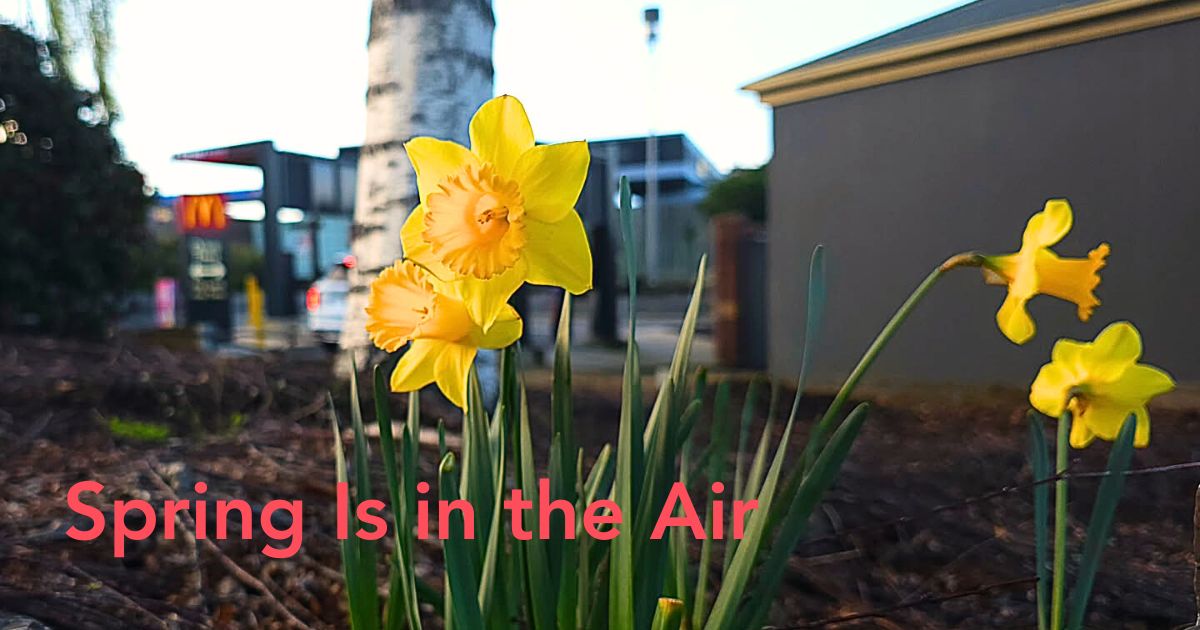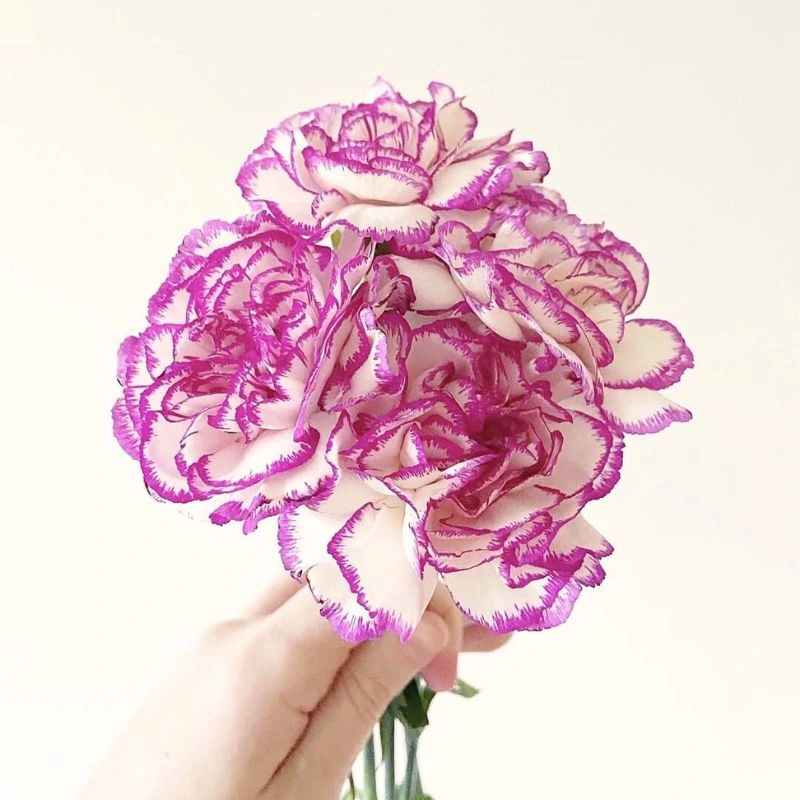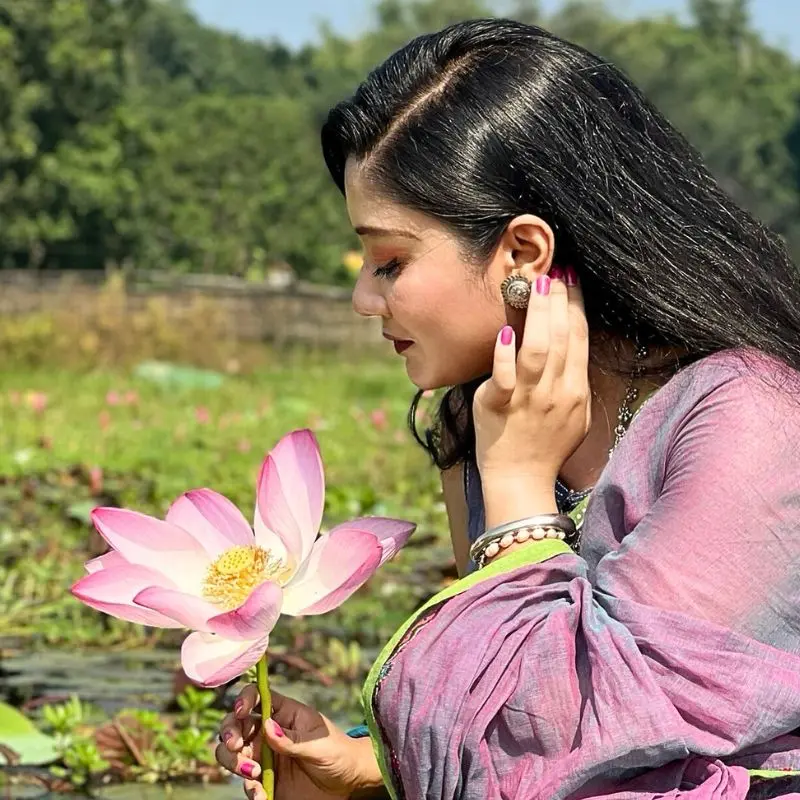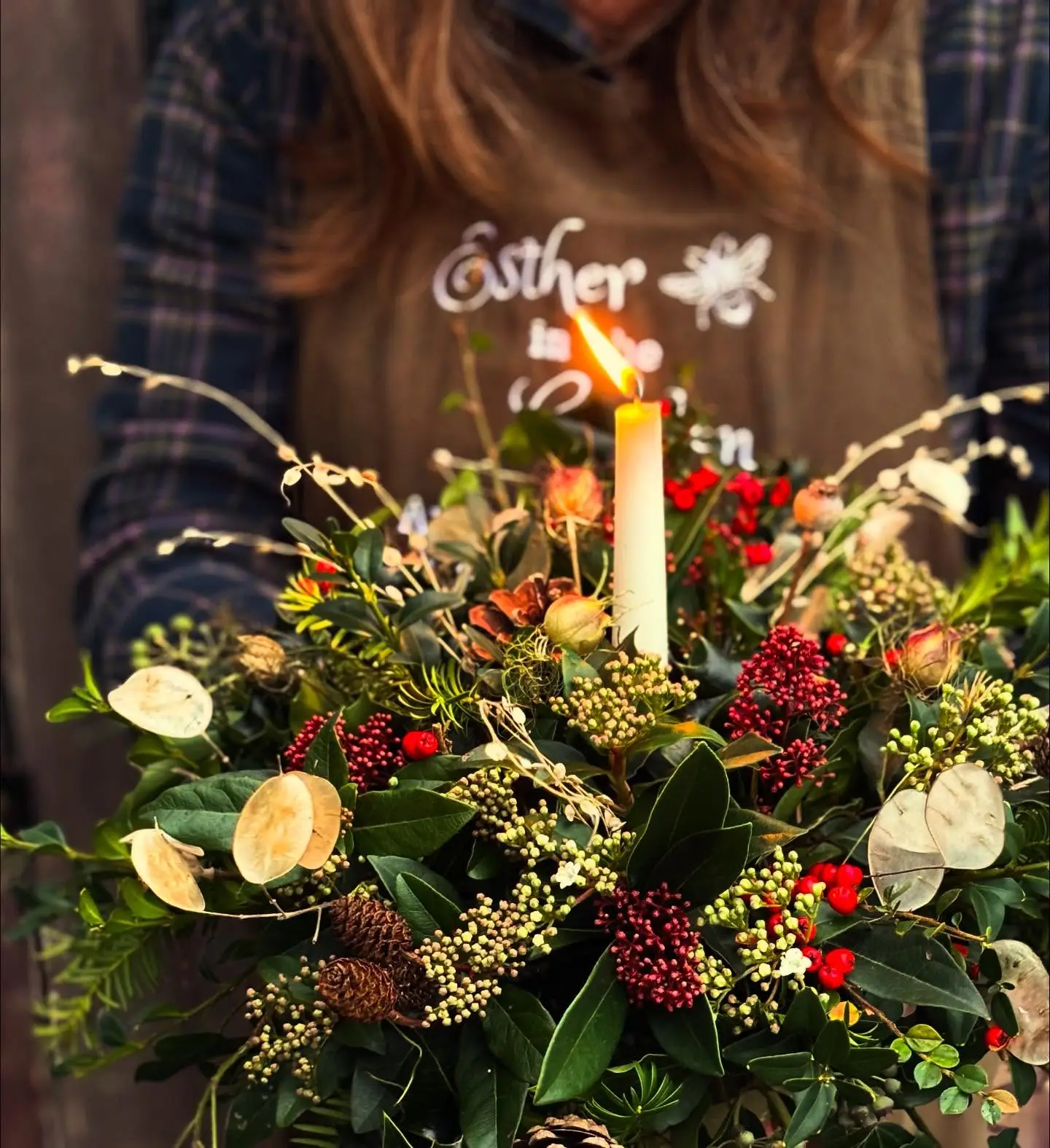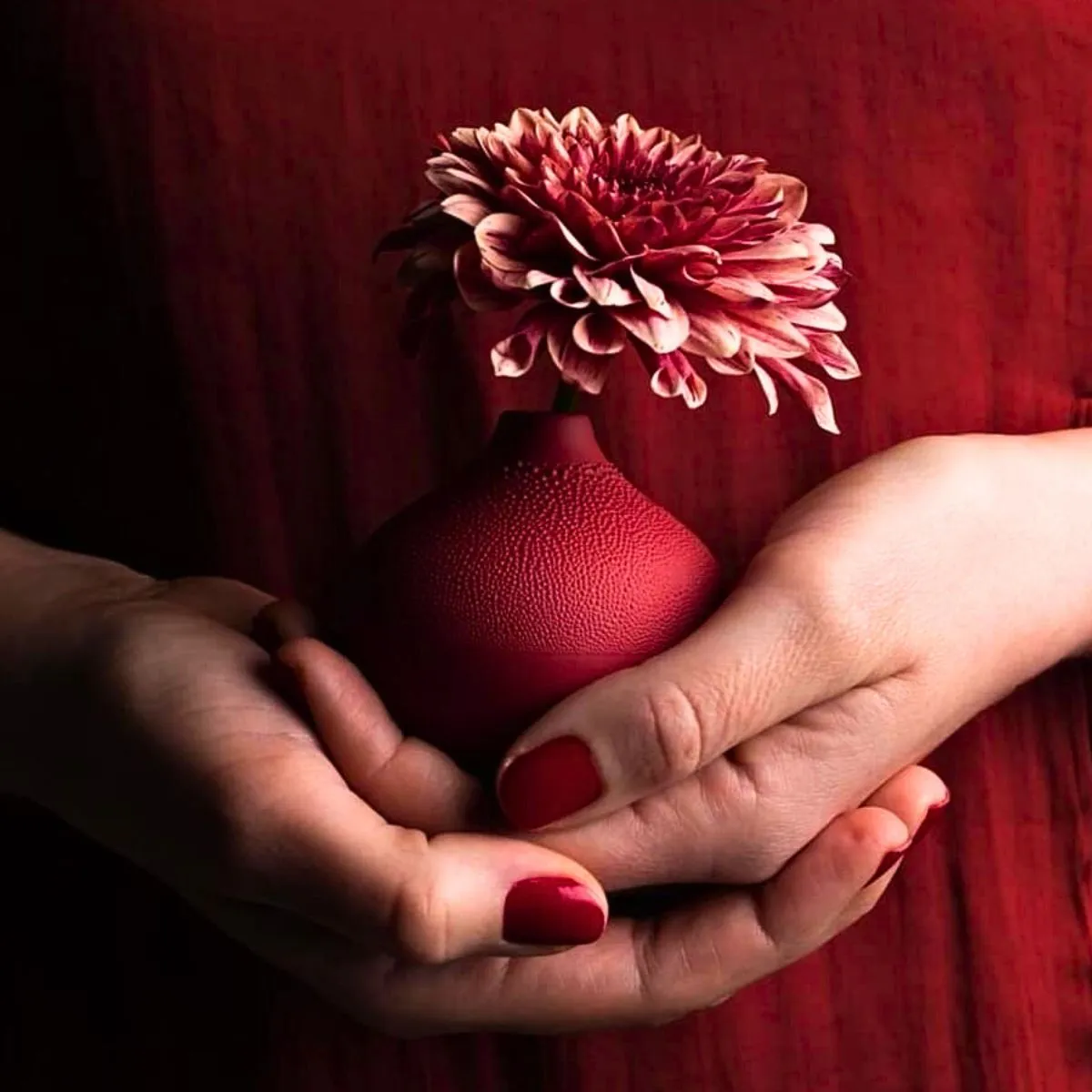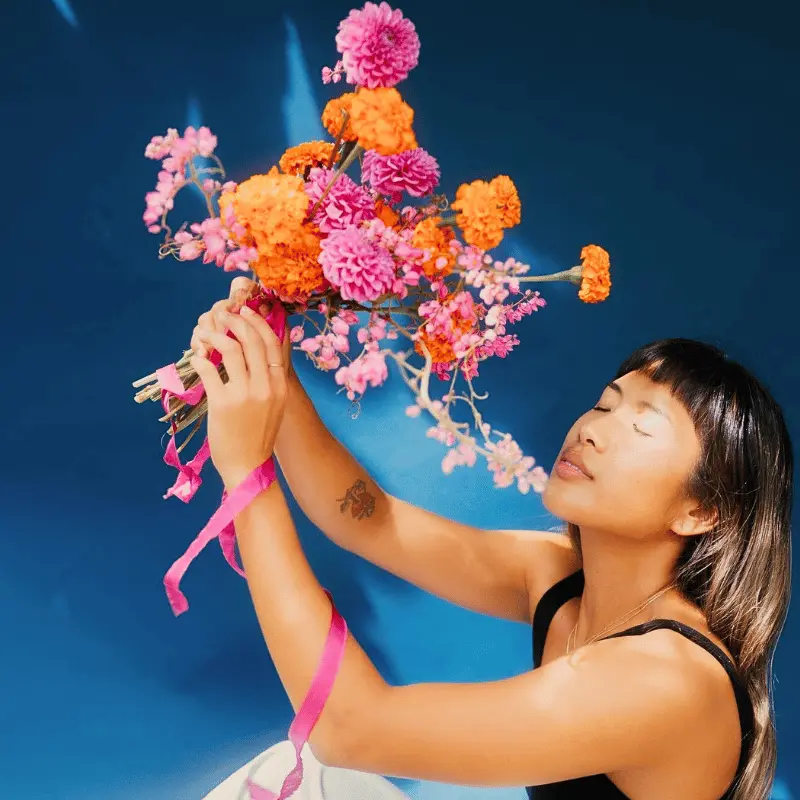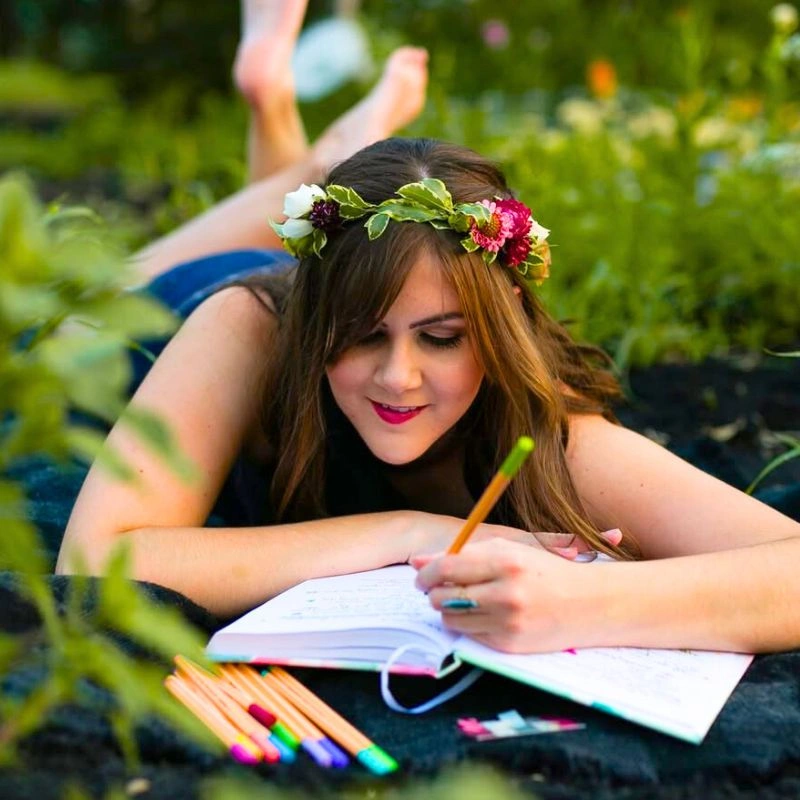March, bridging the cold of winter with the promise of spring, celebrates the daffodil as its primary birth flower. This choice, rich in beauty and symbolism, nods to the various literatures referencing the inclusion of jonquils.
Both belonging to the genus Narcissus, these blossoms share more than just a botanical lineage; they embody the essence of spring's awakening.
Yet, the daffodil, with its unparalleled charm and widespread recognition, takes precedence globally as the emblem of March as the March birth flower. This distinction is not just rooted in its lively flowers but in a historical and cultural lineage that spans continents and civilizations, making the daffodil a symbol of rebirth, new beginnings, and enduring affection.
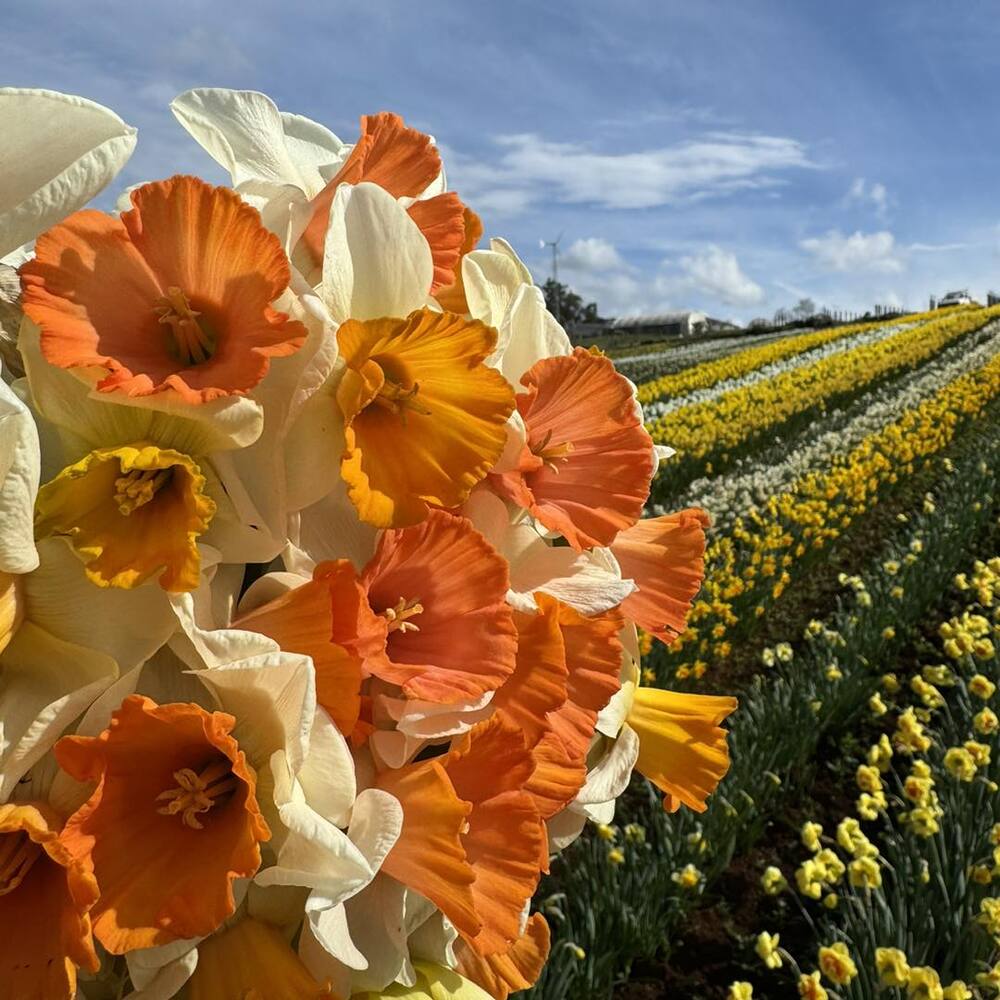
The Historical and Cultural Significance of Daffodils
Traversing through time and across continents, the daffodil carries a rich mosaic of myths, legends, and cultural practices. Its roots delve deep into ancient civilizations, where it was revered not just for its beauty but as a symbol of death and rebirth, echoing the cyclic nature of life and nature.
In Greek Mythology, the daffodil is tied to the story of Narcissus, a tale that speaks of beauty, vanity, and the ephemeral nature of life. Moving to the British Isles, the daffodil emerges as a national symbol of Wales, worn with pride on St. David's Day and embodying the resilience and spirit of the Welsh people. In China, daffodils are revered for their association with good fortune and prosperity, especially around the Chinese New Year, emphasizing the flower's universal appeal but culturally distinct significance.
Across the globe, the daffodil's presence in festivals and traditions underscores its role as a harbinger of spring, symbolizing renewal, hope, and joy.
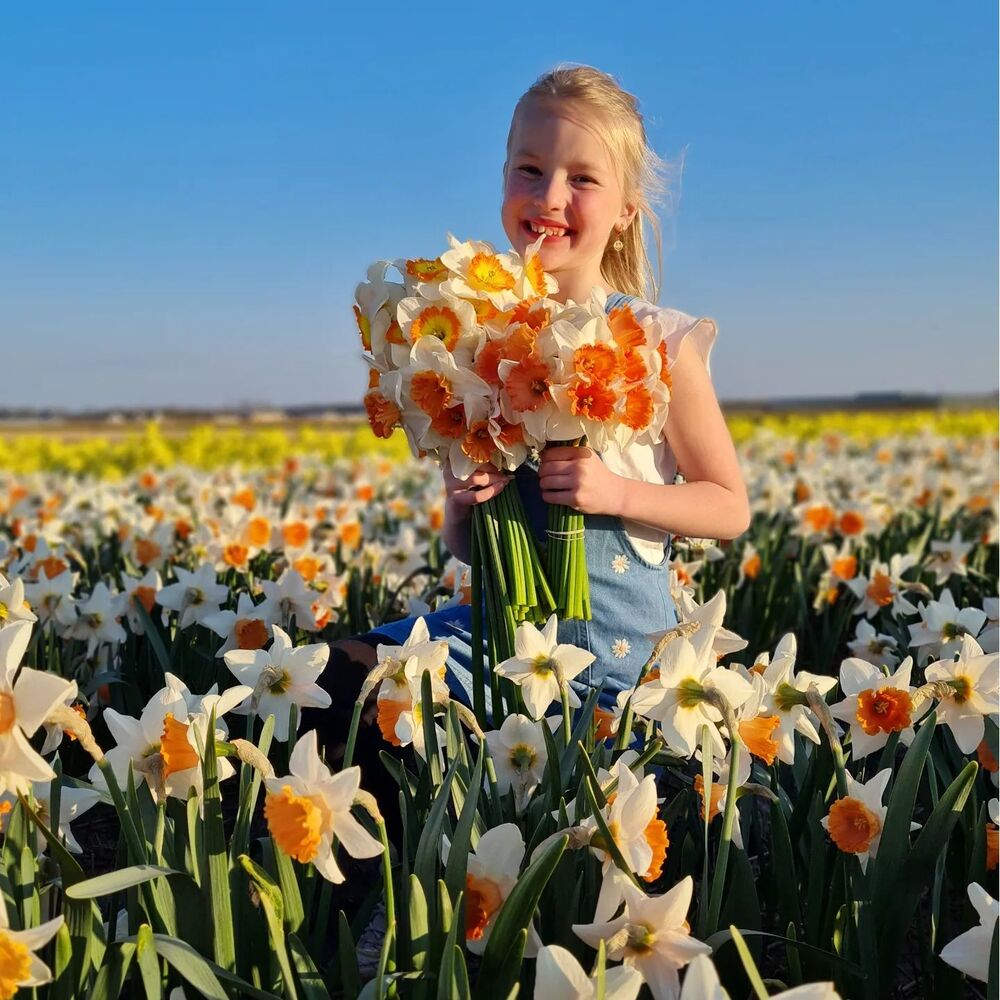
The Essence of March Birth Flower - Daffodil (Narcissus)
Spring is in the air! The daffodil, with its scientific name Narcissus, embodies the essence of March with its spirited bloom marking the onset of spring. Its symbolism extends beyond mere aesthetics, representing themes of renewal, self-reflection, and inner growth.
The flower's color spectrum - from the sunny yellow to the rarer white and orange further enriches its symbolic palette, with each hue echoing a distinct message of joy, purity, and vitality.
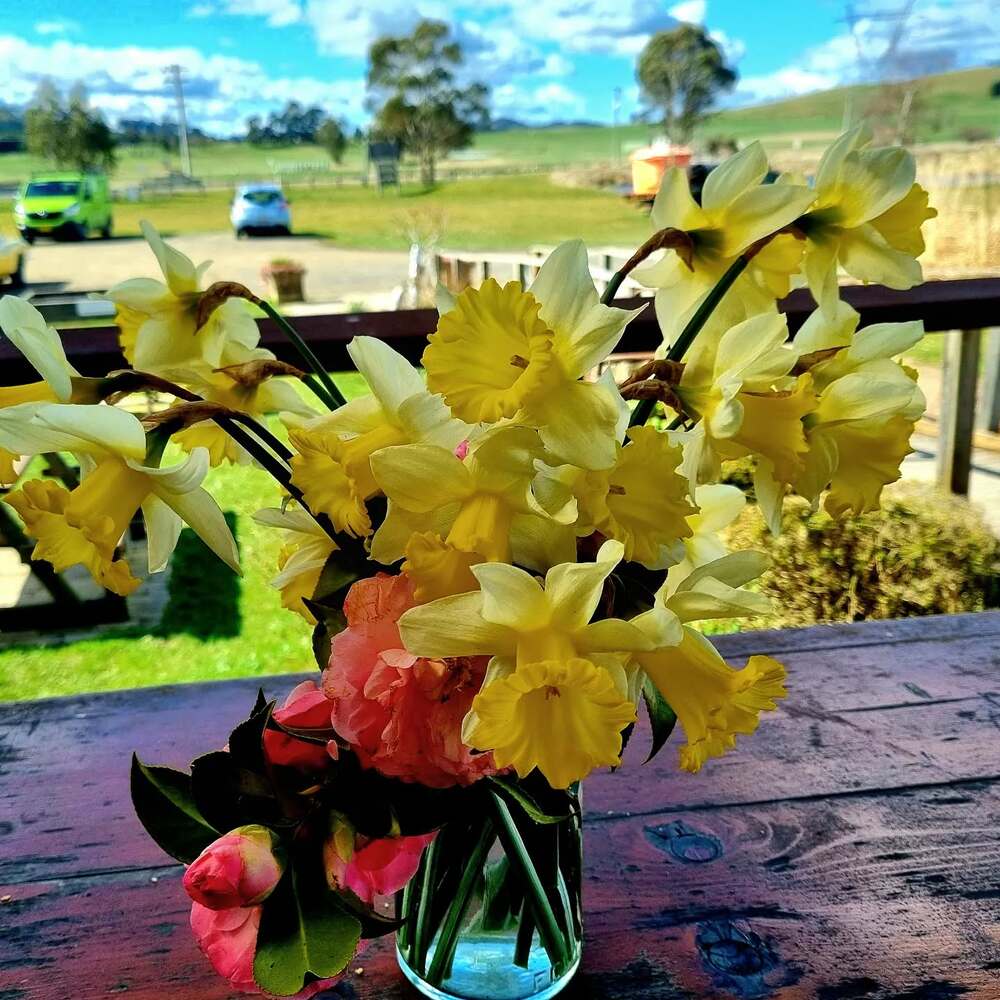
Symbolic Meaning of the Daffodil
Daffodils are emblematic of rebirth, new beginnings, and the inherent beauty of nature's cycles. This flower, deeply rooted in mythology and embraced by cultures worldwide, carries a profound symbolism that resonates with many.
The ancient Greeks associated the daffodil with Narcissus, a figure whose tale of beauty and pride underscores themes of self-reflection and the transient nature of life.
In modern interpretations, the daffodil is often seen as a symbol of unrequited love, a testament to its enduring allure and the depth of emotion it evokes.
Furthermore, its association with the coming of spring imbues it with meanings of renewal and the promise of brighter days ahead, making it a powerful emblem of hope and resilience.
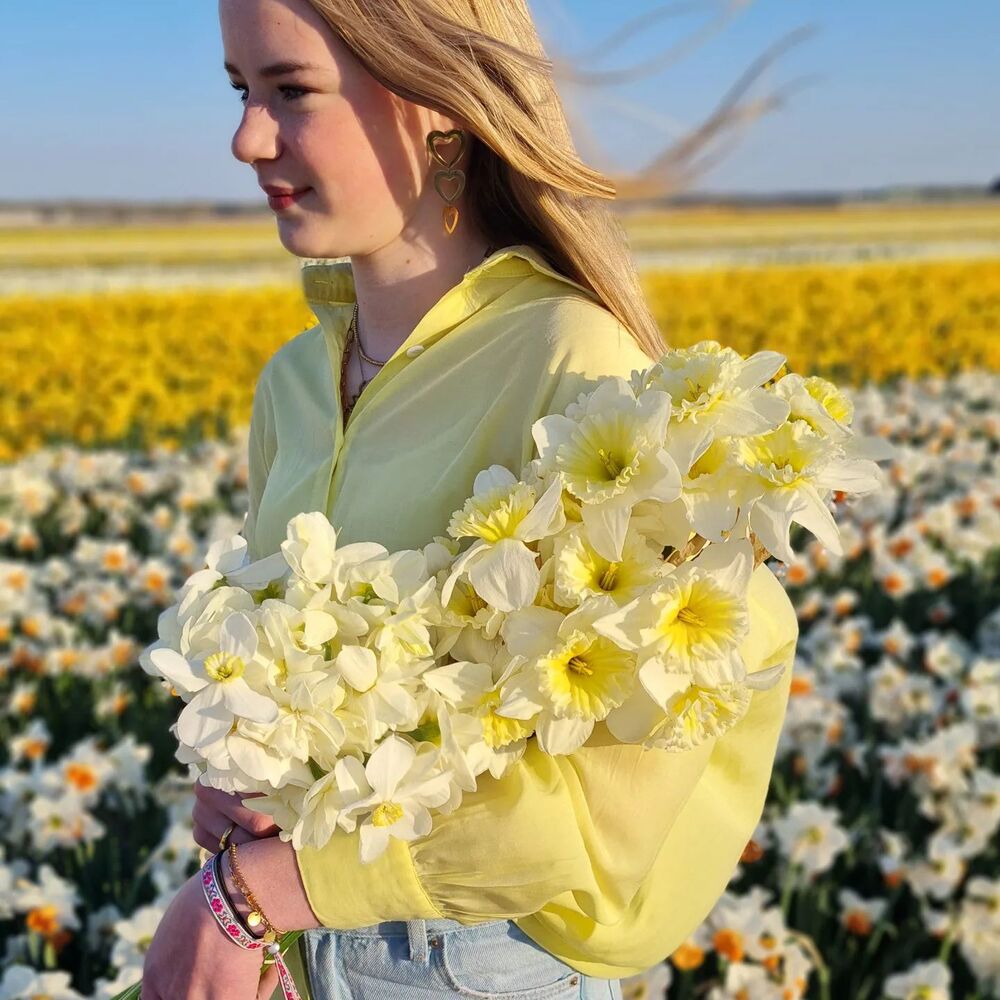
Color Varieties and Their Significance in Daffodils
Daffodils bloom in a vibrant palette of colors, each shade carrying its unique symbolism. The traditional yellow daffodil, most commonly associated with their genus, symbolizes positivity, creativity, and the joy of spring.
White daffodils, less common but equally captivating, represent purity and clarity, serving as a reminder of new beginnings and fresh starts.
Orange and pink hues, though rare, speak to warmth, energy, and personal growth, adding a layer of depth to the flower's symbolic range.
The diversity of colors available within the daffodil family allows for a nuanced expression of feelings and sentiments, making each hue a thoughtful choice for different occasions and messages.
Daffodils in Literature and Art
The daffodils influence extends beyond gardens and floral arrangements into the realms of literature and art. William Wordsworth's, "I Wandered Lonely As A Cloud," one of the most celebrated poems in the English language, captures the sheer bliss of stumbling upon, "a host, of golden daffodils." This poem, with its vivid imagery and emotional depth, highlights the daffodils capacity to inspire and uplift the human spirit.
Beyond Wordsworth, the daffodil has been a muse for artists and writers throughout history, symbolizing not only the beauty of the natural world but also the creative inspiration it can spark.
From the intricate botanical illustrations of the Victorian Era to contemporary photographic works, the daffodil continues to be a subject of fascination and reverence, a testament to its enduring appeal and symbolic richness.

Fascinating, Interesting, and Unknown Facts About Daffodils
Here are some fascinating facts that delve into the botanical, societal, and medical aspects of these beloved flowers:
-
The Narcissus genus, to which daffodils belong, includes over 50 species and many hybrids, offering a wide variety of shapes, sizes, and colors.
-
In ancient Rome, daffodil bulbs were ground and used as a wound-healing poultice and were believed to contain sedative properties.
-
Galantamine, a compound found in certain species of daffodils, is being researched for its potential benefits in healing Alzheimer's disease due to its cholinergic properties.
-
The American Cancer Society and other cancer-related organizations worldwide use the daffodil as a symbol of hope and renewal in their fundraising efforts.
-
In the UK, particularly in Cornwall, daffodil farming is a significant industry, with millions of daffodils grown for domestic use and export each year.
-
Daffodils have been cultivated since ancient times and were brought to Britain by the Romans who believed they had healing power.
-
Daffodils contain lycorine, an alkaloid with emetic properties, making them toxic to pets if ingested.
-
Folklore suggests that the blooming of daffodils can predict weather patterns, with early blooming indicating a mild spring.
-
The daffodil is the national flower of Wales, celebrated on St. David's Day every March 1st, symbolizing Welsh identity.
-
Daffodils are often one of the first flowers to bloom at the end of winter, symbolizing the onset of spring and its beginnings.
-
In some rural English communities, there is a tradition known as "Daffodil Sunday," where fields of blooming daffodils are celebrated with festivals and gatherings.
-
Some daffodil varieties have whimsical names like Jetfire, Tete-a-Tete, and Pheasant's Eye, reflecting their unique characteristics.

Daffodils vs Jonquils - Understanding March's Birth Flowers
Every jonquil is a daffodil, but not every daffodil is a jonquil. The jonquils are a specific division of the daffodil family. The debate around March's birth flowers centers on the close botanical relationships and cultural preference between daffodils and jonquils. Both belonging to the Narcissus genus, they share many characteristics, yet differ in key aspects:
-
Daffodils known for their large, trumpet-shaped flowers, are generally hardier and feature a wider variety of colors. Jonquils, characterized by smaller, with fragrant flowers with a corona or cup-shaped center and reed-like leaves, often have multiple flowers per stem.
-
Globally, daffodils are more widely recognized and celebrated as the March birth flower, associated with the themes of rebirth and new beginnings. Jonquils, while also celebrated, are more often highlighted in specific cultures or regions for their unique fragrance and delicate appearance.
-
Both flowers symbolize rebirth, new beginnings, and unrequited love, but jonquils additionally carry meanings of affection and desire, reflecting their cultural uses in impressing love and admiration.
This comparison underscores a global preference for daffodils as the emblematic March birth flower while acknowledging the rich cultural tapestry that also celebrates jonquils, illustrating the diversity within the Narcissus genus.
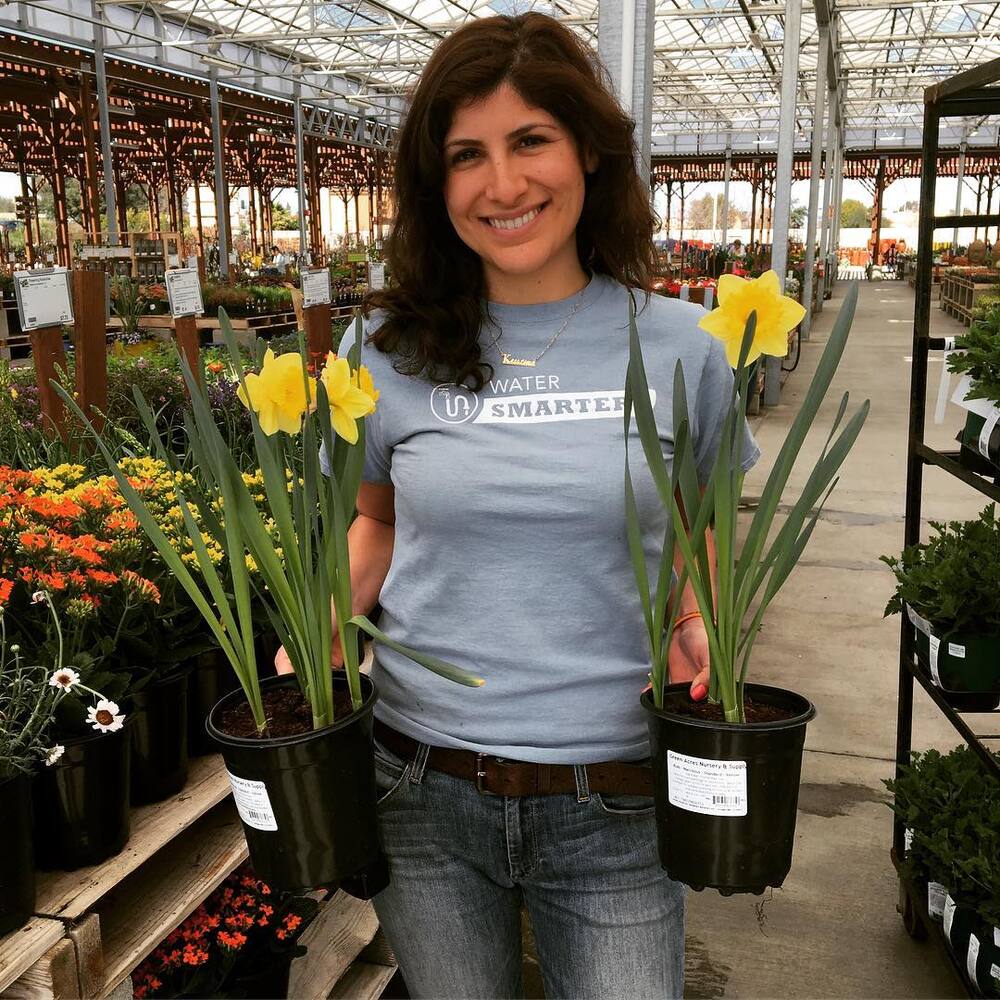
The Cultural Duality of March Birth Flowers
The daffodil, universally recognized as the March birth flower, holds a special place in the hearts of many around the globe. Yet, within the genus Narcissus, which encompasses both daffodils and jonquils, there lies a cultural duality that spans continents.
This duality reflects not just botanical classifications but deeply rooted cultural and traditional significances that vary from one region to another.
In many Western cultures, the daffodil is celebrated for its bright yellow blooms, symbolizing rebirth and new beginnings as winter gives way to spring. This symbolism is echoed in celebrations and festivals, marking the daffodils for their sweet fragrance and association with affection and desire.
This cultural duality showcases a broader acceptance of the daffodils as the primary symbol for March, while also acknowledging the significance of jonquils in certain regions and cultures.
Artistic Representations of Daffodils in Tattoos - Symbolism and Personal Significance
Daffodil tattoos often carry deep personal meaning, symbolizing overcoming challenges, remembrance, and the joy of life. These tattoos often commemorate significant life events, milestones, or the memory of loved ones, embodying the wearer's journey and aspiration.
-
Overcoming Challenges: The daffodil's resilience, thriving in the early spring, can represent overcoming adversity.
-
Remembrance: For some, daffodil tattoos memorialize loved ones, embodying the promise of reunion and eternal affection.
-
Joy of Life: The bright yellow of the daffodil reflects happiness, positivity, and the celebration of life's precious moments.
-
Watercolor Daffodils: These tattoos use soft, flowing colors to mimic the gentle beauty of the daffodil, symbolizing flexibility and grace.
-
Minimalist Daffodils: Simplified forms and clean lines characterize these tattoos, focusing on the essence of the daffodil's symbolism.
-
Realistic Daffodils: Focusing on detail, these tattoos capture natural beauty, emphasizing appreciation for nature and the fine details of life.
-
Daffodils with Elements of Nature: Adding elements like bees or hummingbirds, these designs highlight the interconnectedness of all life forms and the cycle of renewal.
These tattoos often commemorate significant life events, milestones, or the memory of loved ones, embodying the wearer's journey and aspirations.
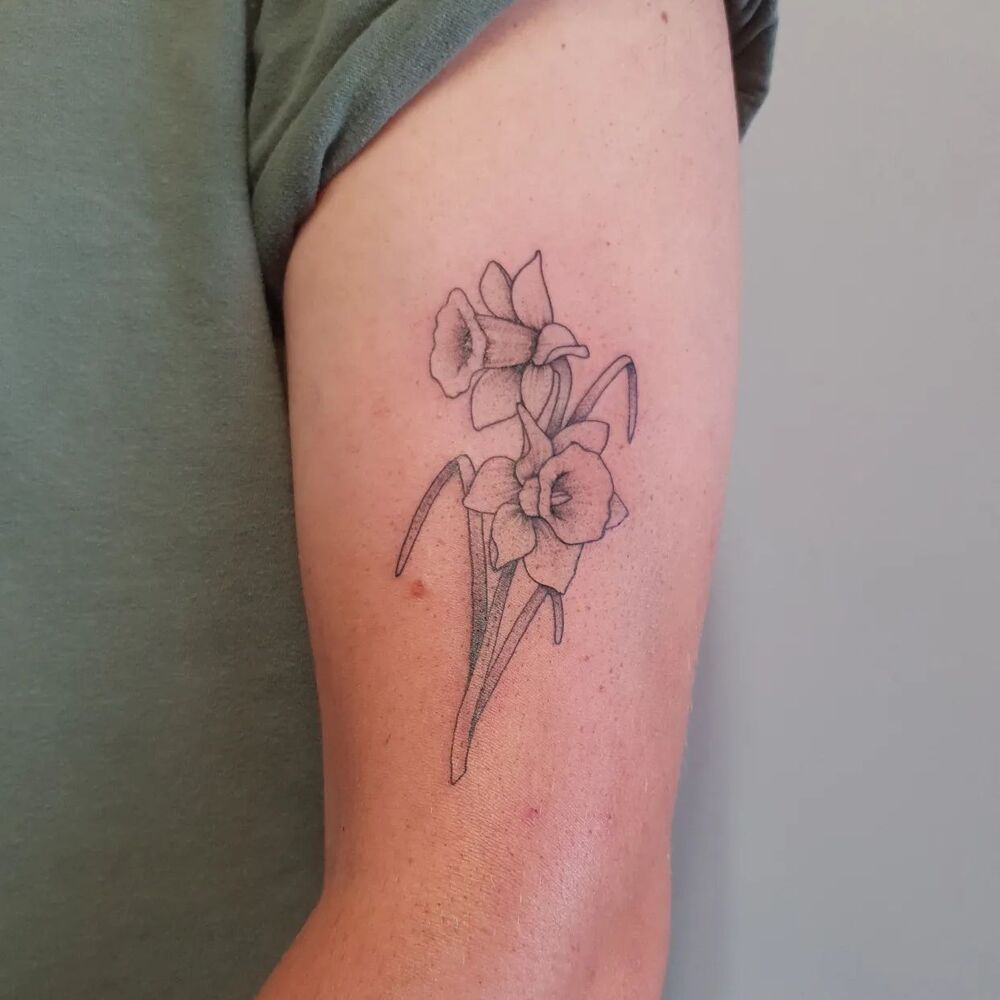
Incorporating Daffodils Into Daily Life
Incorporating daffodils into daily life, especially during spring, is a delightful way to welcome the season's warmth and vibrancy into your home and garden. Here are some creative ideas and gardening tips to help you make the most of these cheerful blooms:
-
Home Decor: Place fresh daffodil arrangements in the living rooms, kitchens, and entryways to welcome guests and family members with a burst of spring. Opt for a mix of yellow and white daffodils to create a lively contrast that complements any interior design.
-
Vibrant Arrangements: Use daffodils to create lively decorations and centerpieces for your home. Consider placing their colorful glasses as planters or arranging daffodils in baskets, bowls or vintage metallic vases for a refreshing spring vibe.
-
Creative Decor Ideas: Daffodils can also be used in unique decorative elements such as door decorations with a vine base and burlap bow, or even in a rustic steep using a tree stump or glass jars for a farmhouse feel.
-
Yellow Interior Design: The color daffodil (Pantone 14-0850) is hailed as a key color of spring, symbolizing joy and connection to the spontaneity of spring gardens. Incorporating daffodil yellow in your home can be achieved through various interior design schemes, from adding a splash of yellow in a country color scheme to bold color blocking.
-
Celebrations: Incorporate daffodils into table centerpiece bouquets, and garlands for springtime celebrations such as Easter, Mother's Day, or simply to herald the arrival of spring. Their association with new beginnings makes them perfect for weddings and baby showers held during this season.
-
As Gifts: Gift daffodil bulbs or potted daffodils as symbols of appreciation and friendship. Their perennial nature serves as a lasting reminder of special moments and personal milestones.
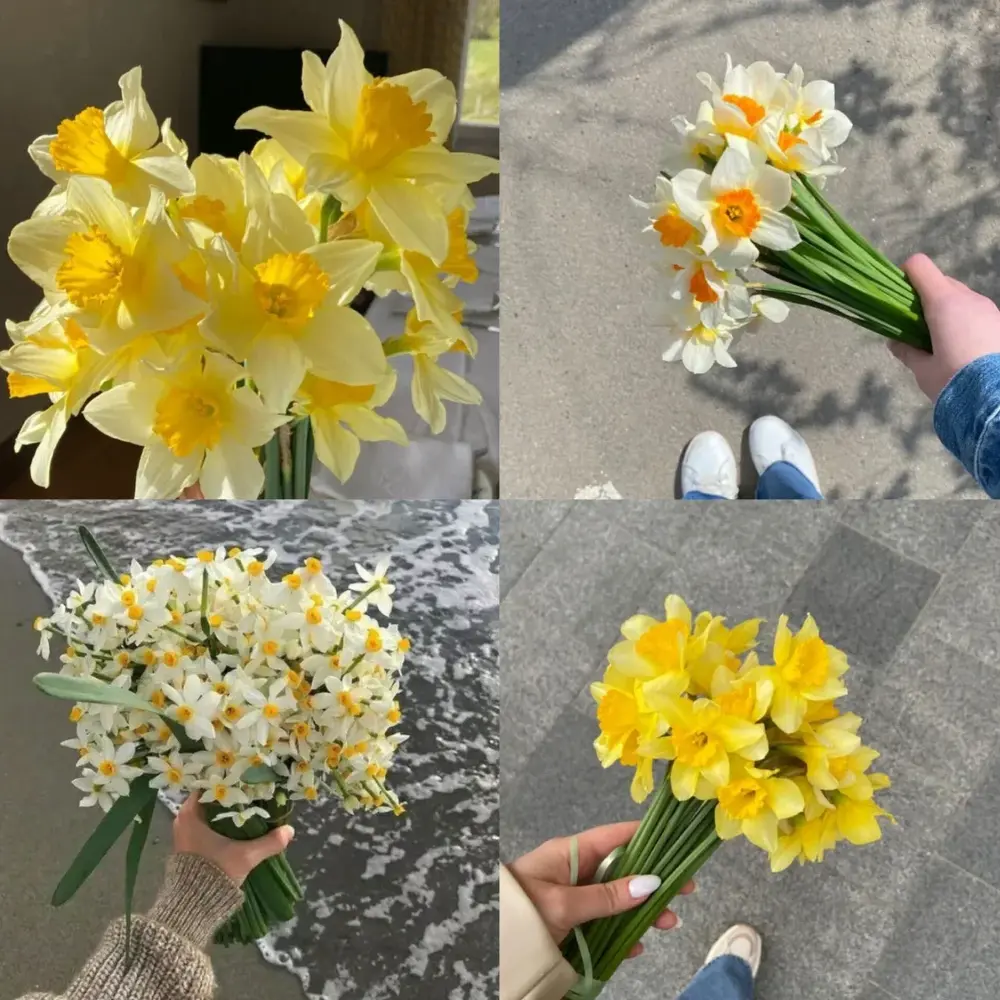
Gardening Tips for Growing Daffodils
Daffodils (Narcissus) are a popular choice for gardeners due to their beautiful blooms and low maintenance. They thrive in colder regions (zones 4 to 8) and can adapt to warmer climates up to zone 9, particularly varieties from the Jonquilla and Tazetta divisions. Here are some tips to ensure a vibrant display of daffodils come spring:
-
Planting Time: Plant daffodil bulbs in the fall, about 2 to 4 weeks before the ground freezes. This allows the bulbs to establish roots before the winter.
-
Location: Choose a spot in your garden that receives at least six hours of sunlight a day. Daffodils thrive in well-drained soil, so consider adding organic matter to improve soil quality if necessary.
-
Planting Depth: Plant bulbs at a depth of about three times their height, with the pointed end facing upwards. Space bulbs about 3 to 6 inches apart to allow room for growth.
-
Care: Water your daffodils regularly in the spring to support their blooming but reduce watering once the flowers begin to die back. After blooming, allow the foliage to die naturally without cutting it back, as this helps the bulb store energy for the next year's blooms.
-
Propagation: Over time, daffodil clumps may become crowded. Every 3 to 5 years, dig up to bulbs after the foliage has died back, divide them, and replant to encourage vigorous blooming.
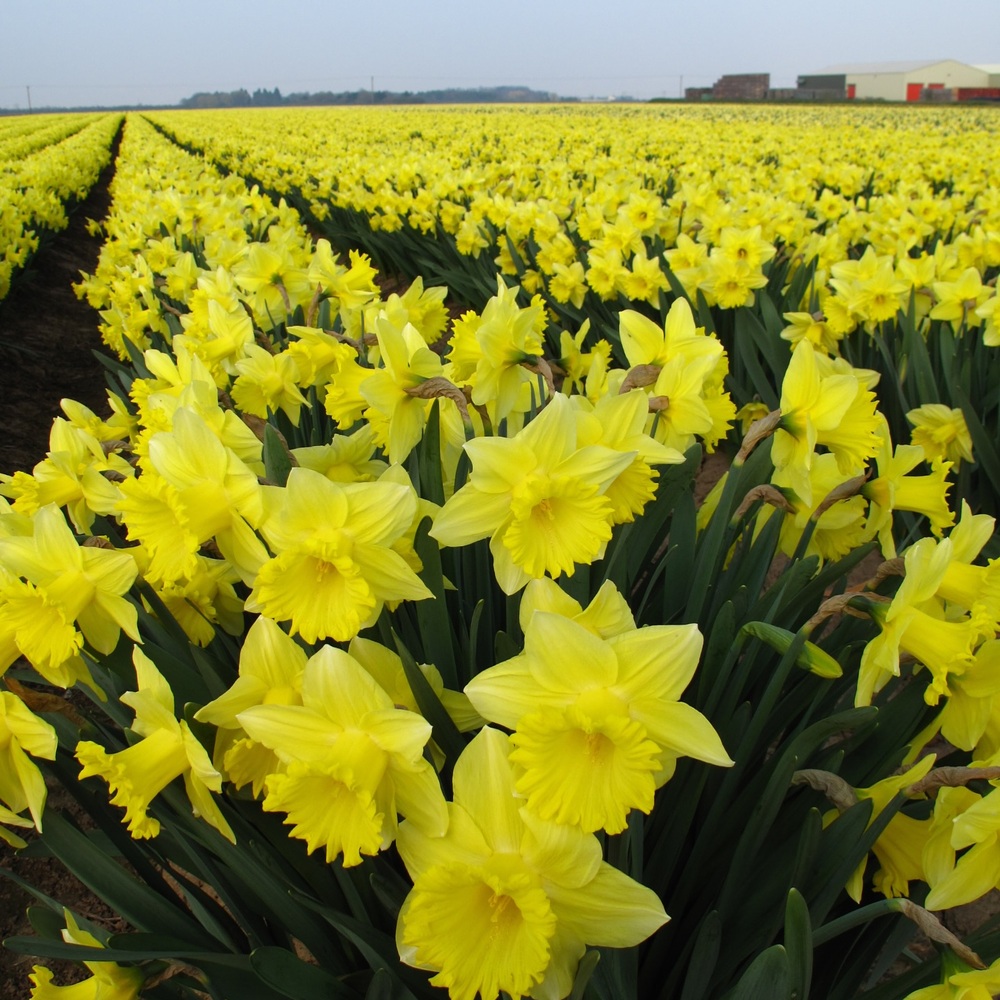
For anyone looking to add a touch of spring's joy to their surroundings, daffodils offer endless possibilities.
Conclusion: The Enchantment of March's Daffodil
As the curtain falls on our exploration of the daffodil, March's esteemed birth flower, we are reminded of the profound impact this vibrant bloom has on cultures, literature, and individual lives worldwide.
The daffodil, transcending mere botanical admiration, embodies the rejuvenating spirit of spring, symbolizing renewal, hope, and the enduring beauty of nature's cycles. Its presence in art, literature, and various cultural traditions underscores the universal appeal and deep emotional resonance it holds.
Whether gracing gardens with its vivid hues, inspiring poets like Wordsworth, or symbolizing resilience and new beginnings, the daffodil's legacy is as enduring as the stories and myths that surround it. As we welcome the spring season, let the daffodil remind us of the capacity for rebirth and the perpetual promise of brighter days ahead, making it a fitting emblem of March's transitional grace.
Header Image by @geojoe3

